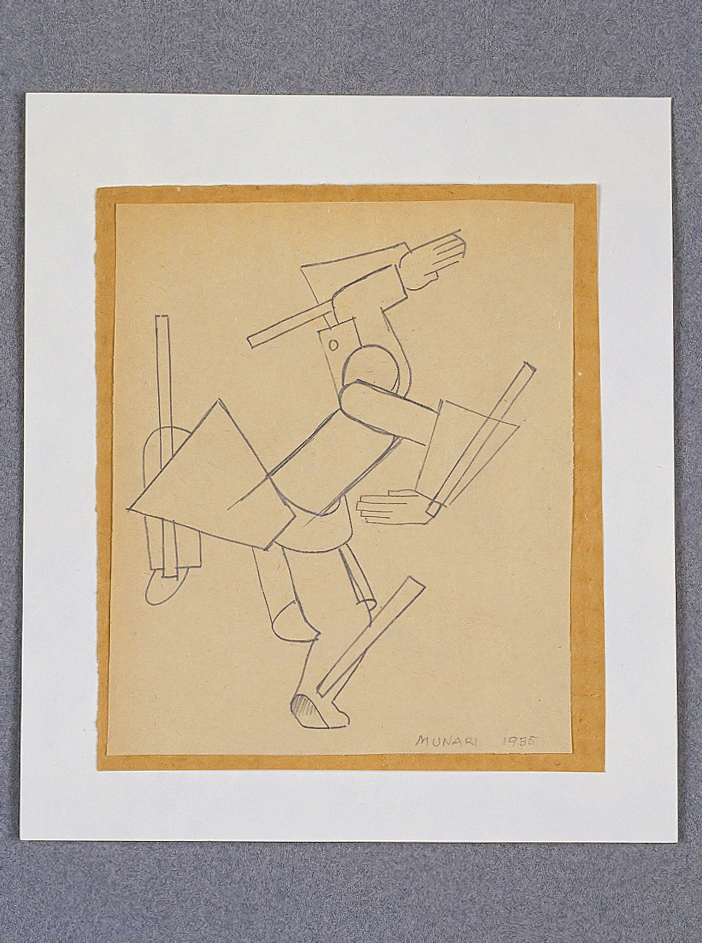
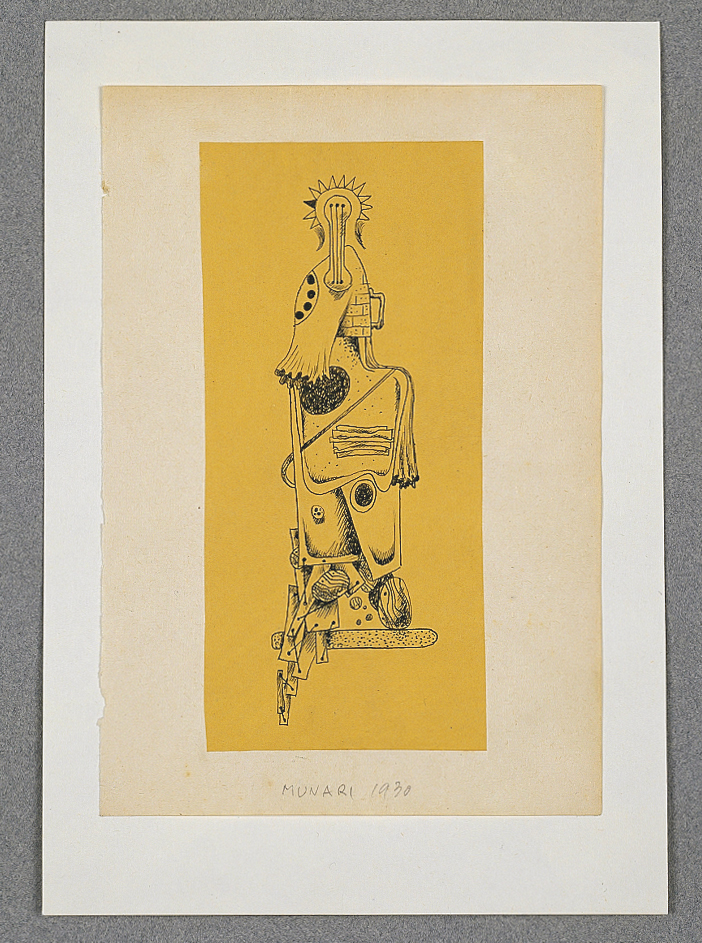
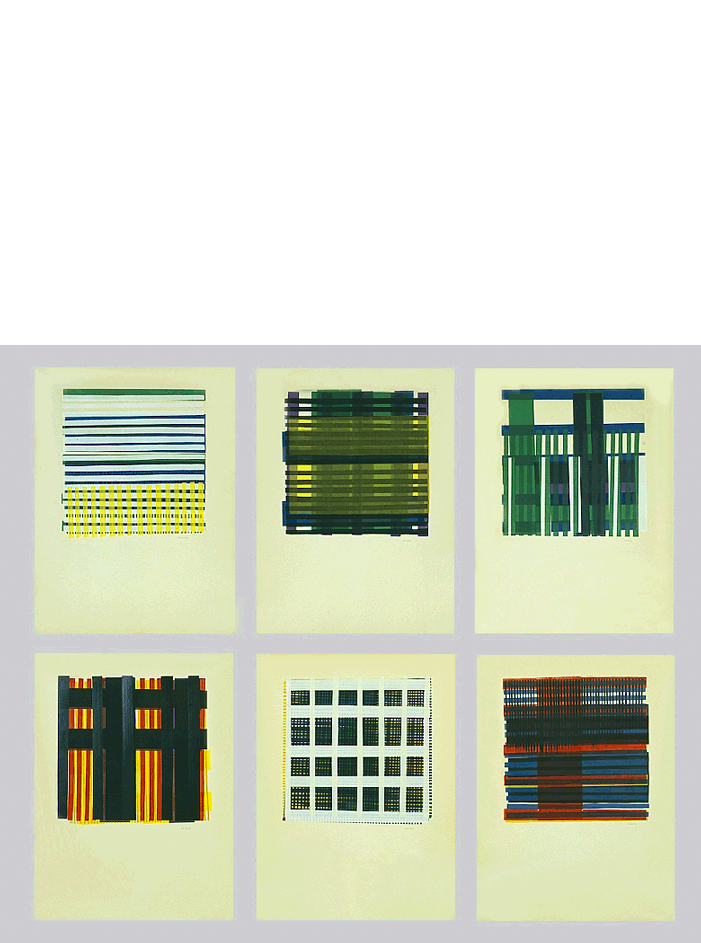
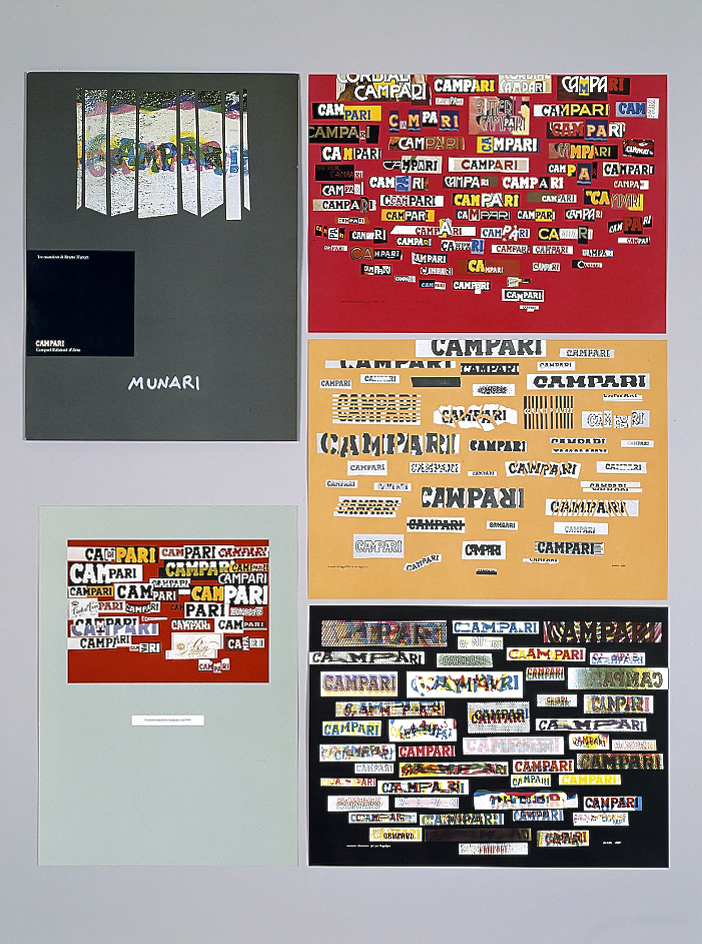
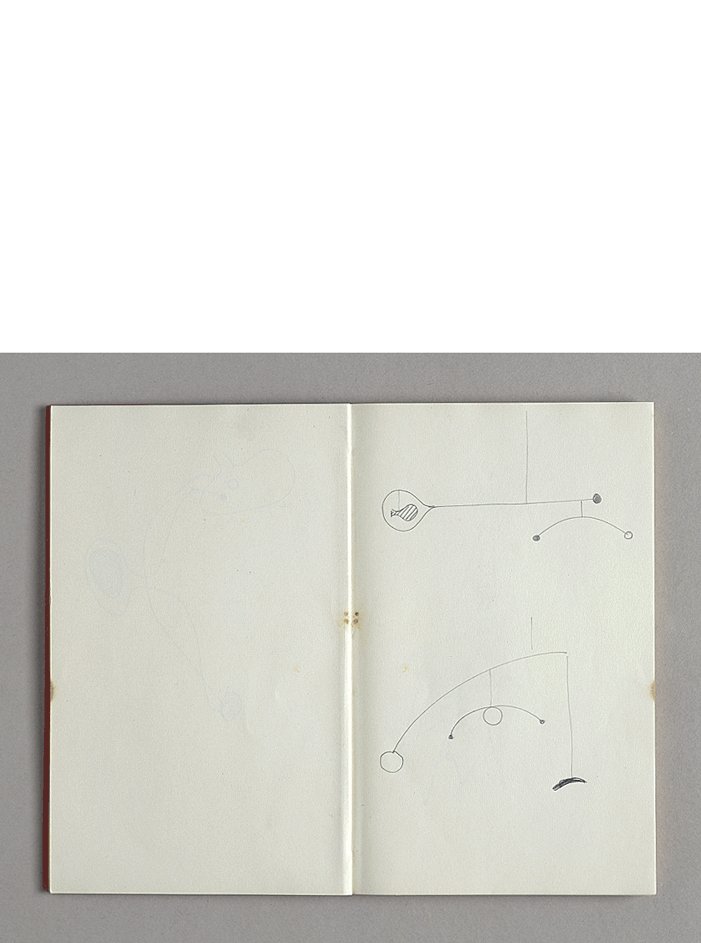
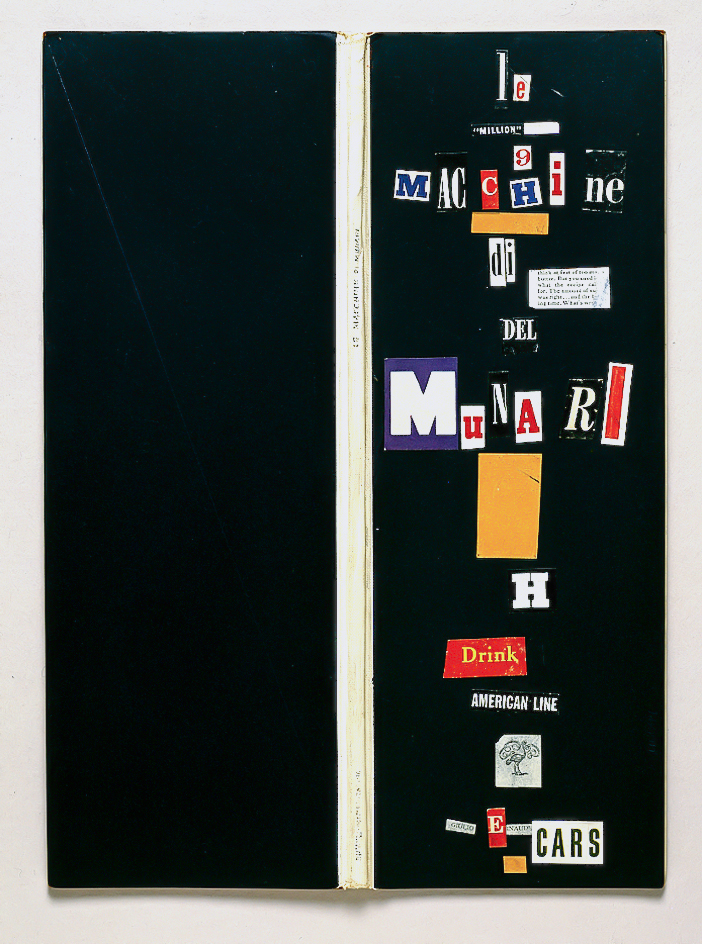
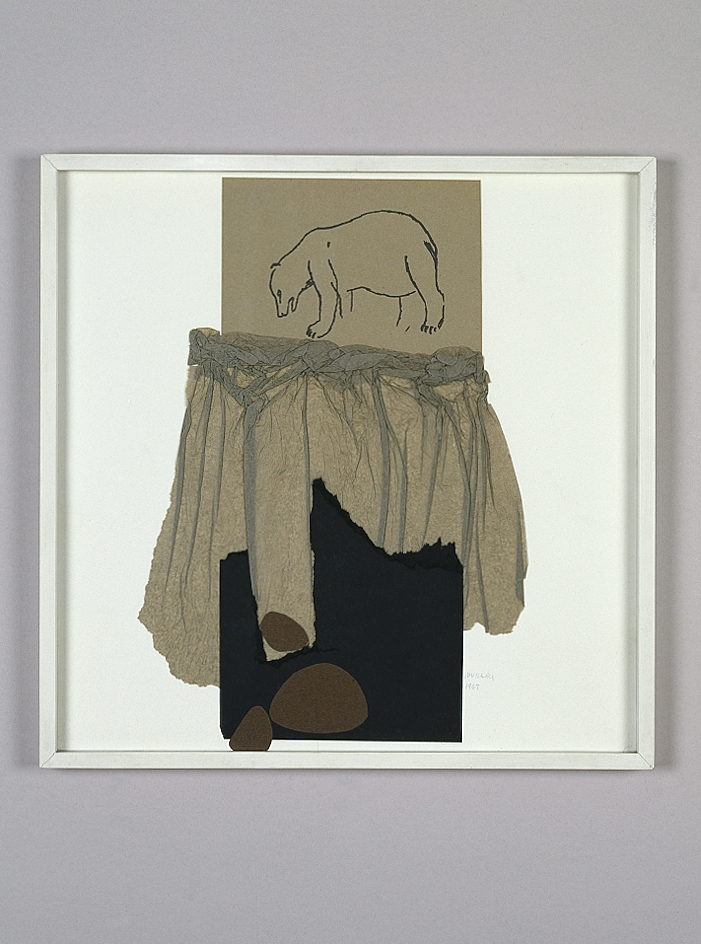
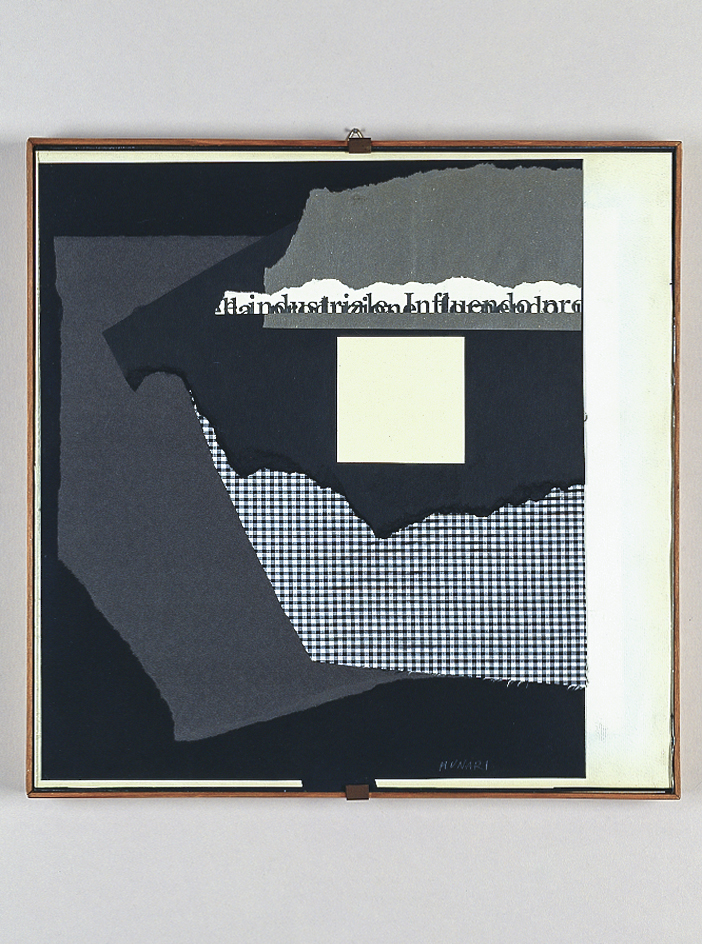
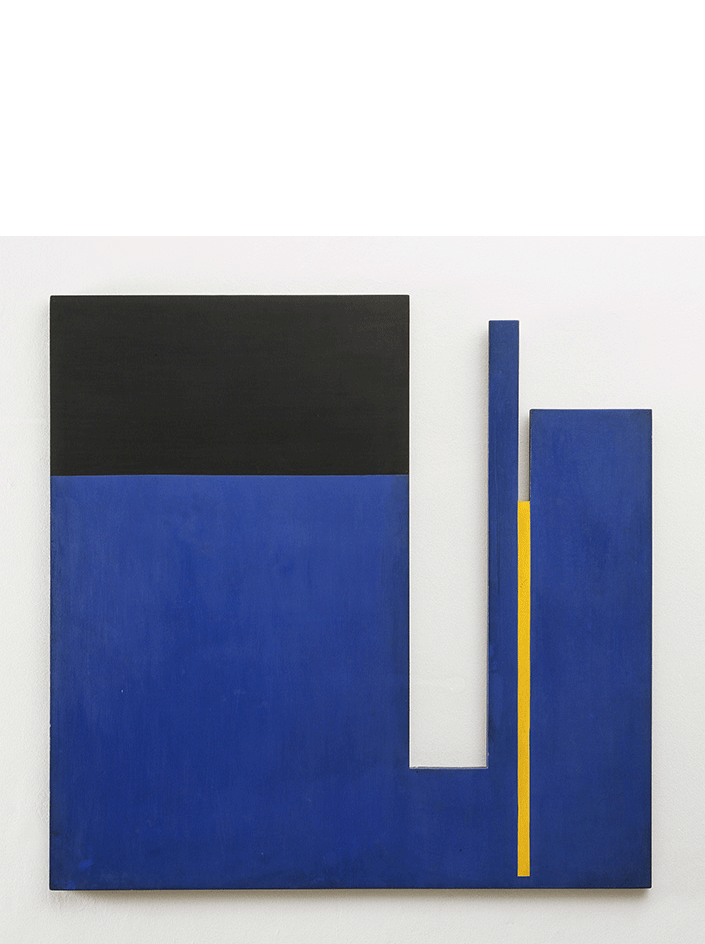
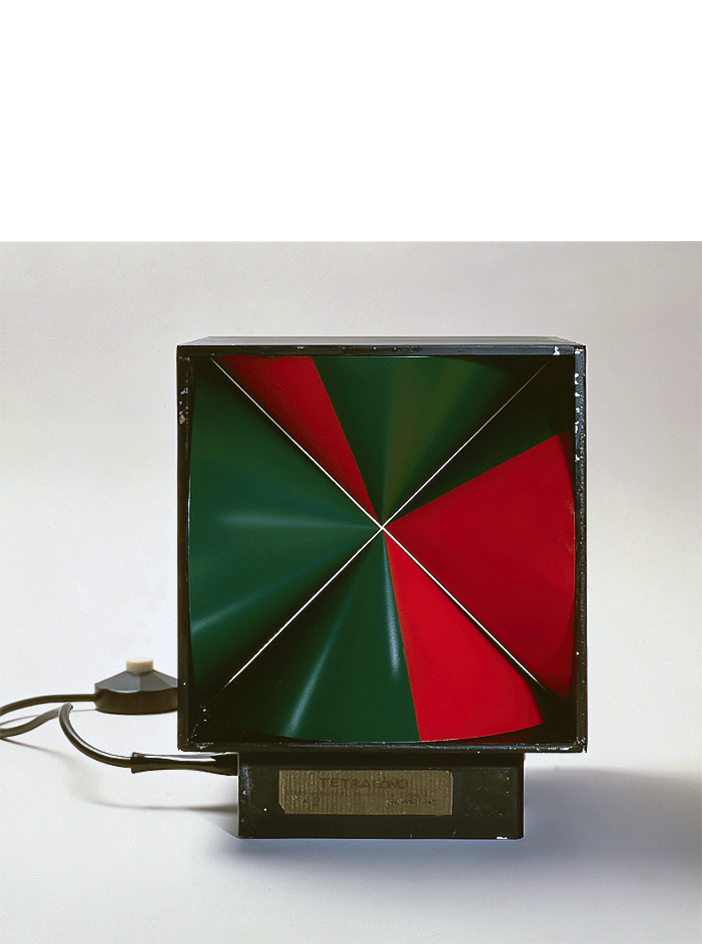

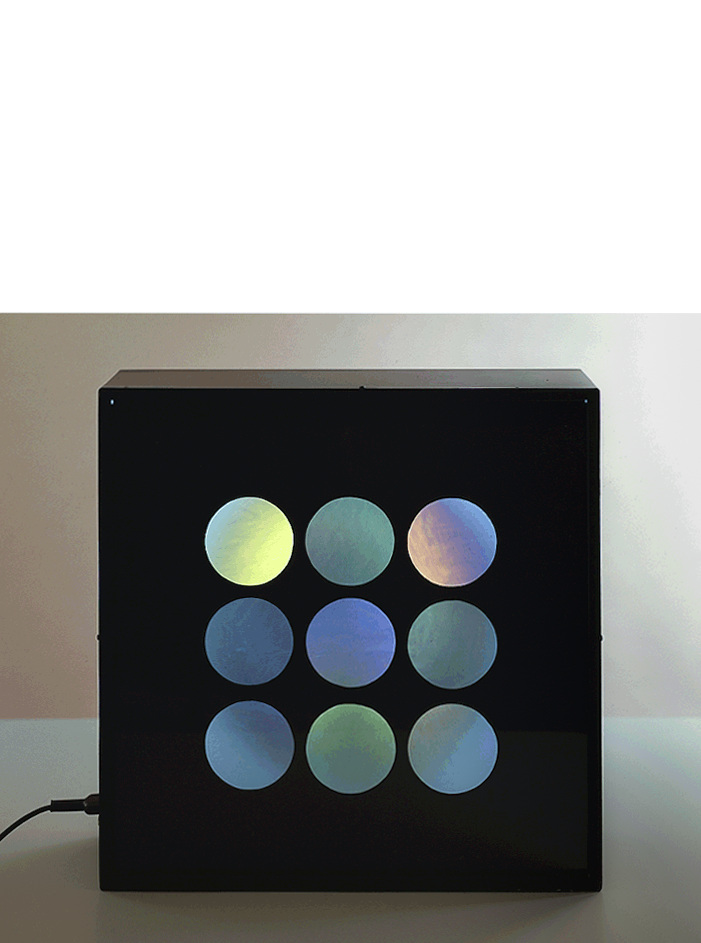

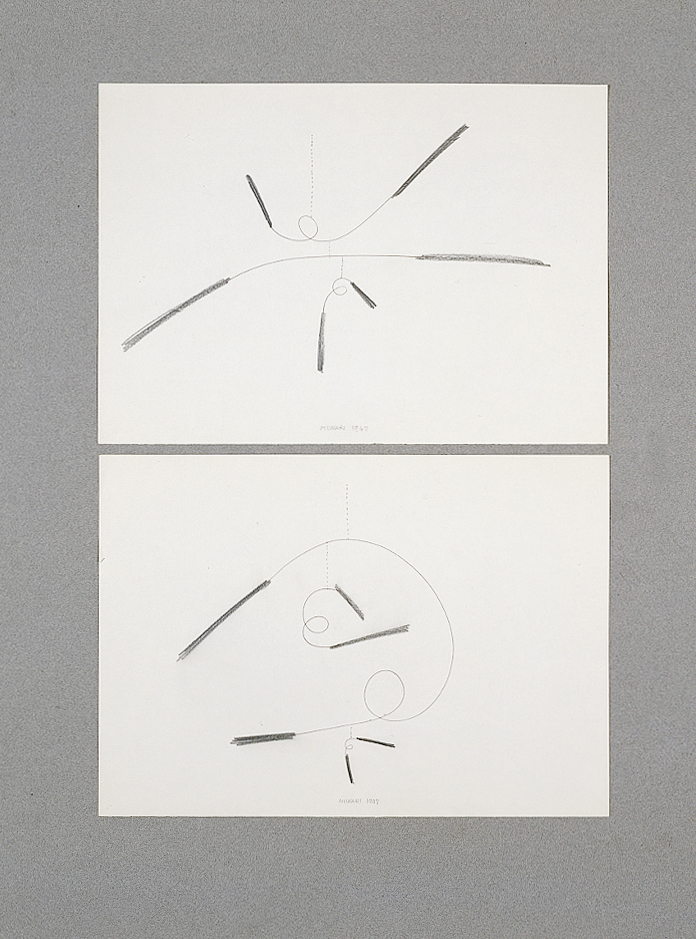
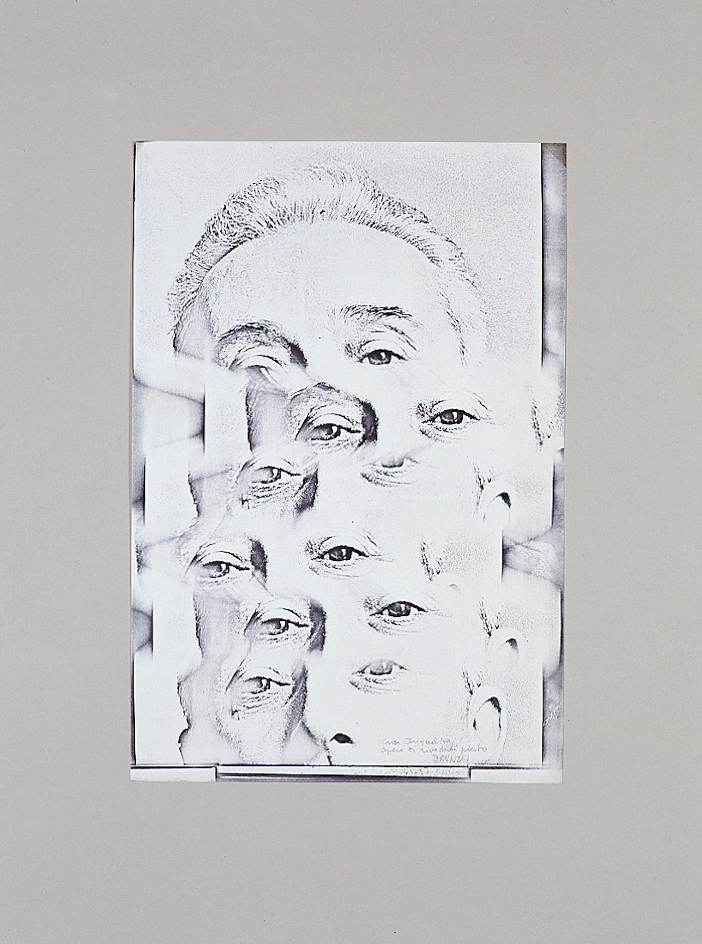
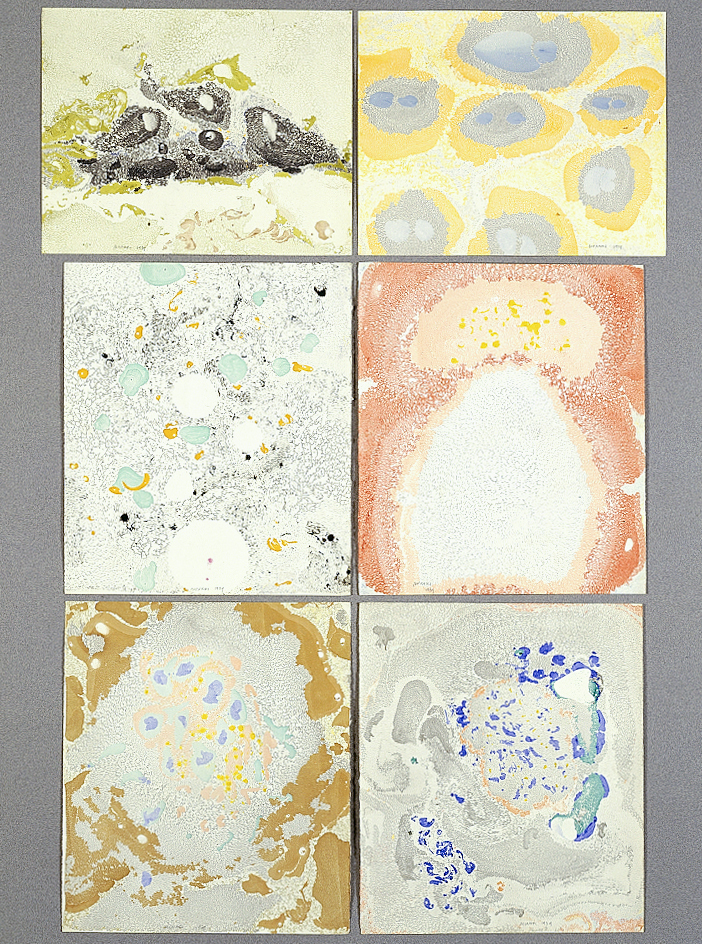
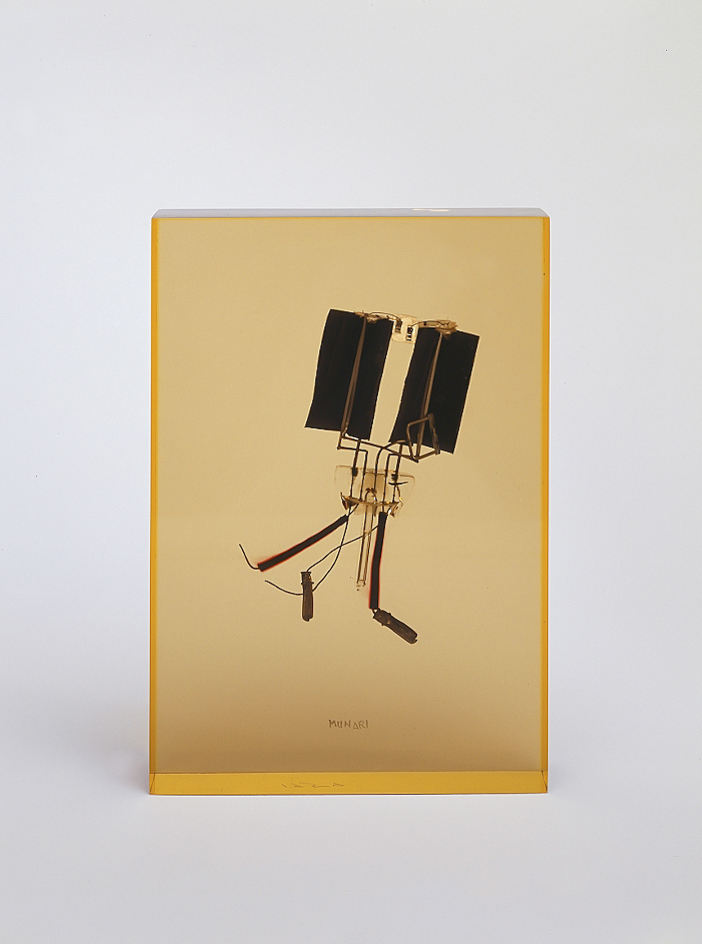
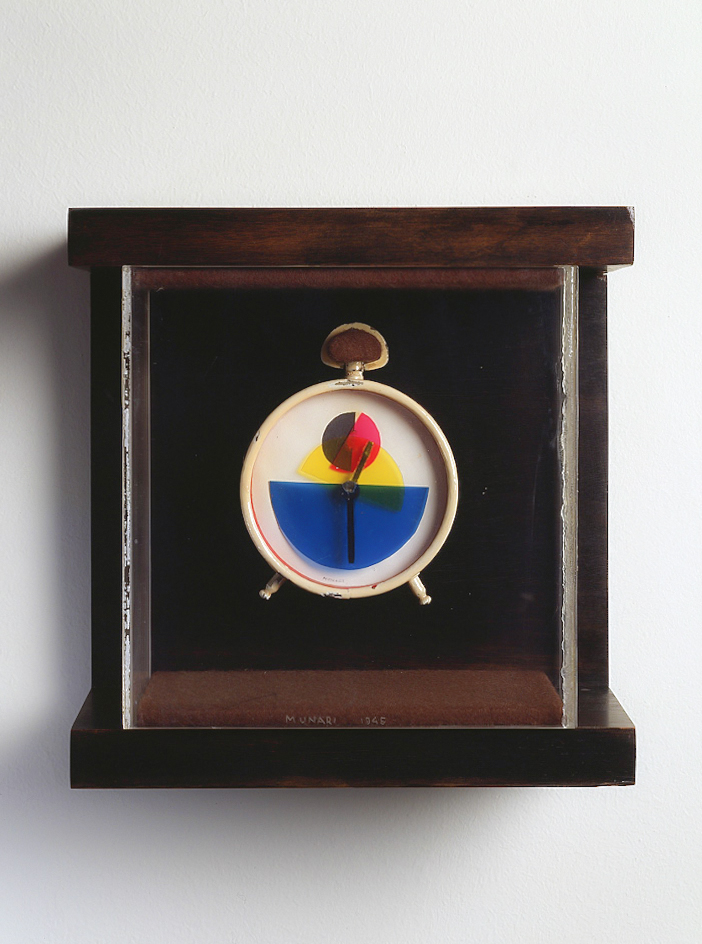
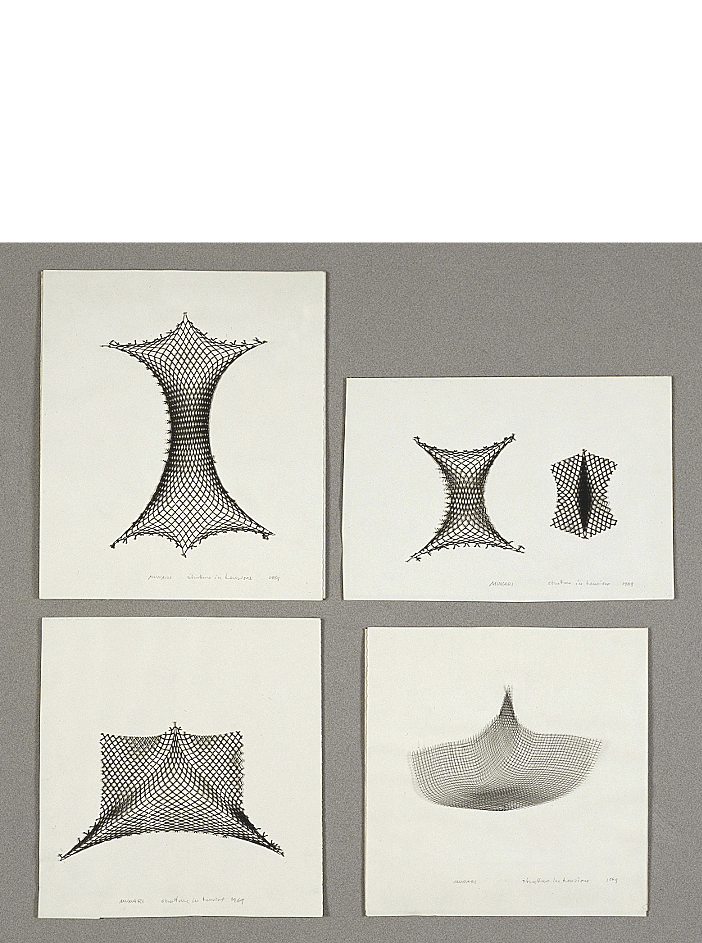
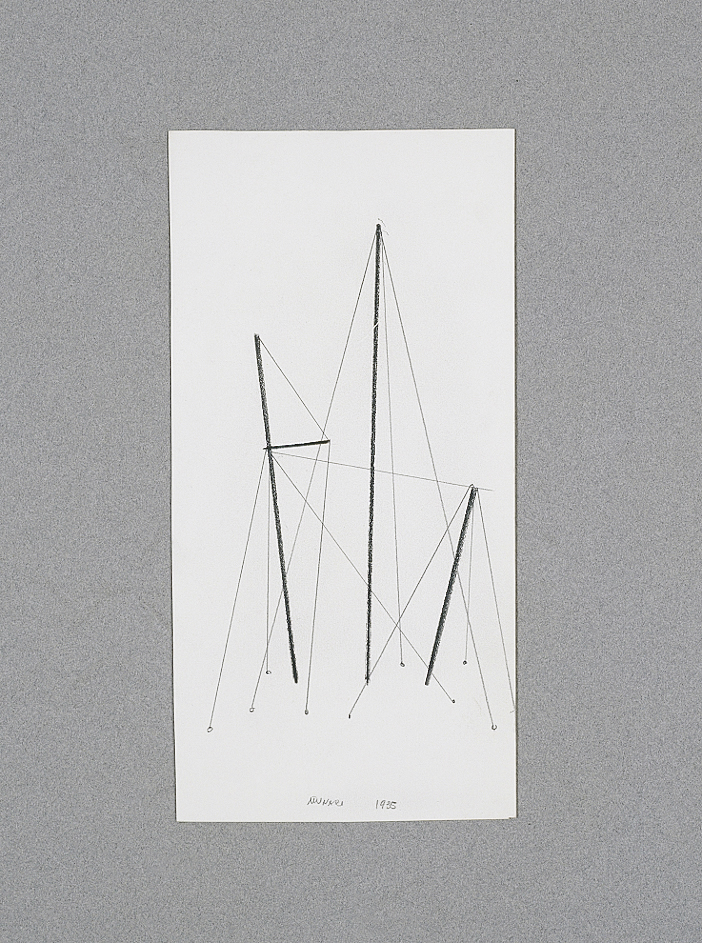
BRUNO MUNARI
555 works divided into thematic sections: Rappresentazione, 129; Cartelle grafiche, 9; Quaderni, 4; Collage, 51; Percezione, 74; Luce, 19; Movimento, 22; Tecnica, 150; Trasformazione, 84; Tensione, 13; dal 1914 al 1996
(Milano, 1907 – 1998)
Starting from the end of the 1920s, he worked closely with groups linked to Second Futurism, finding an accomplice in Enrico Prampolini. In 1930 was created the first aerial sculpture that would give rise to the series called “macchini inutili” ["Useless Machines"] produced in 1933. In these years he collaborated with numerous magazines and designed advertising work. In 1948, he was one of the founders of the MAC group, short for Movimento Arte Concreta. During this period the works "Libri illeggibili" ["Unreadable Books"] and "Negativi-Positivi" ["Negative-Positive"] were conceived.
In 1952, he designed his first objects: two toys made from rubber foam, including “la scimmietta” ["The Little Monkey"] which won the first Compasso d'Oro in 1954. He was subsequently awarded the Compasso d'Oro again with the “secchiello portaghiaccio” ["Ice Bucket"] and, in 1957, he began to collaborate with Bruno Danese and Jacqueline Vodoz, leading to objects such as the “portacenere cubo” ["cube ashtray"] and the “cubic", "triangular", "hexagonal" and "Falkland" lamps. In 1962, he organized the Programmed Art exhibition at Olivetti. Multiples – aesthetic objects produced in series – date back to the years 1959-1965. In 1967, he held a course on "visual communication" at Harvard University, resulting in the book "Design and visual communication". The first didactic games appeared in 1968, conceived for Danese with the pedagogist Giovanni Belgrano. He was also responsible for the graphic design for an important Einaudi series.
Around the same time, he directed his attention increasingly towards the world of childhood. In 1970, he designed the Abitacolo for Robots, awarded the Compasso d'Oro in 1979. In the field of design, he continued his collaboration with Danese and Robots, but also with Zanotta and Sabattini. His books were published among others by Laterza, Feltrinelli, Einaudi, Scheiwiller, Corraini. In 1995, he was awarded the Compasso d'Oro for his career.
His works feature in major museums around the world.
